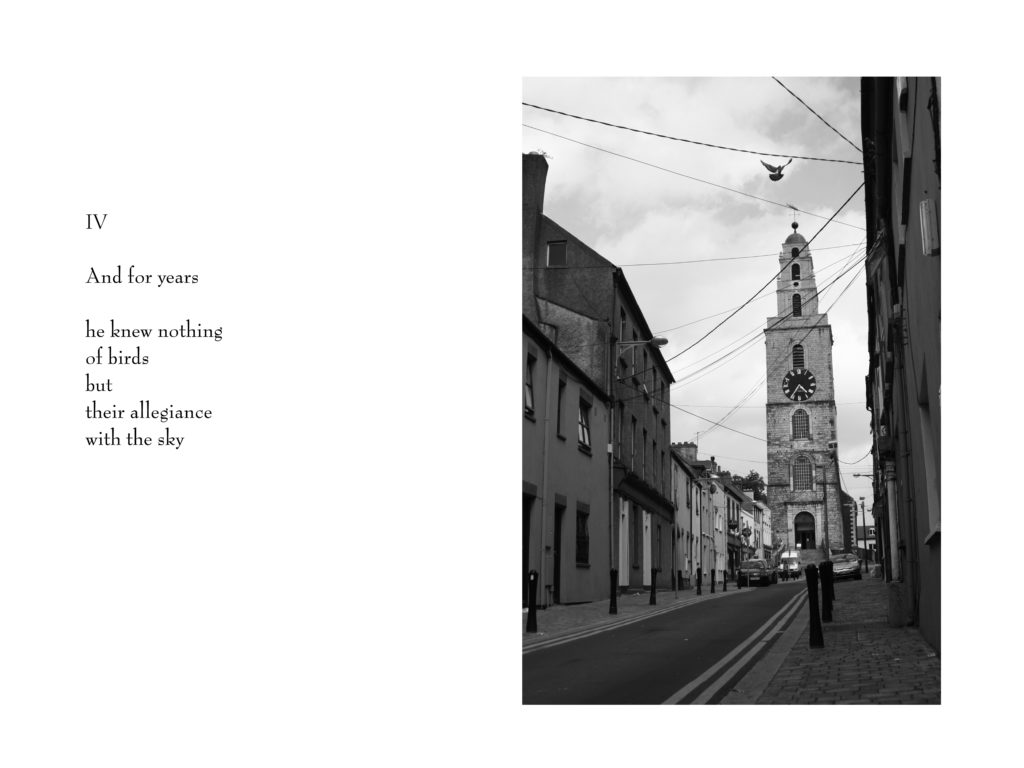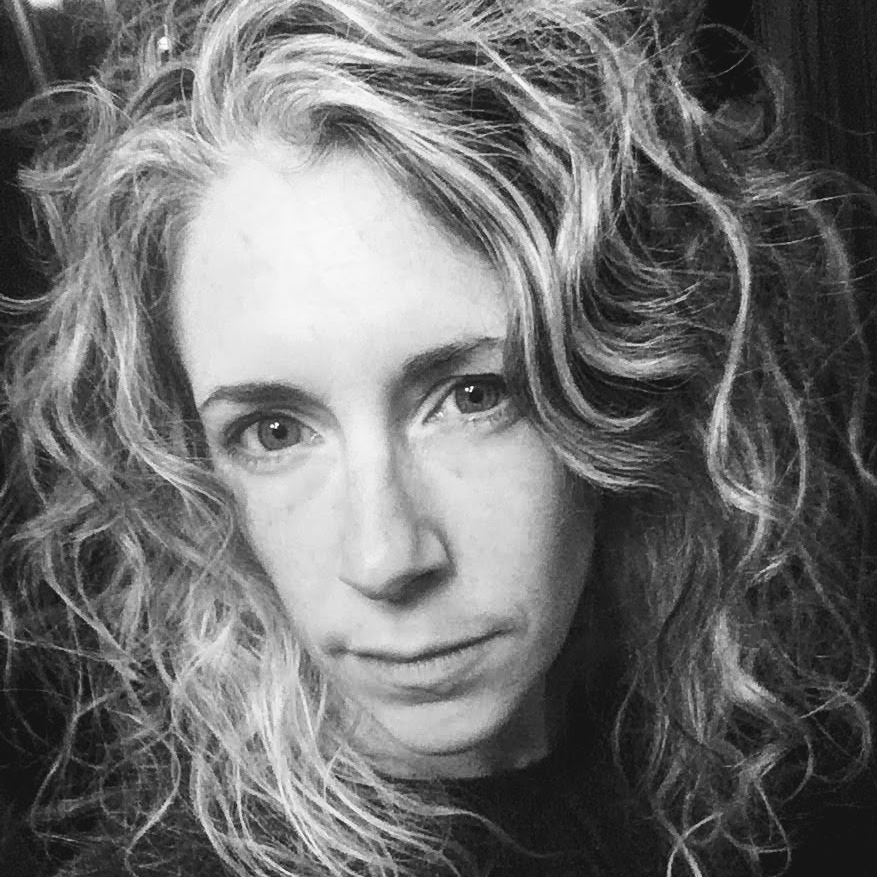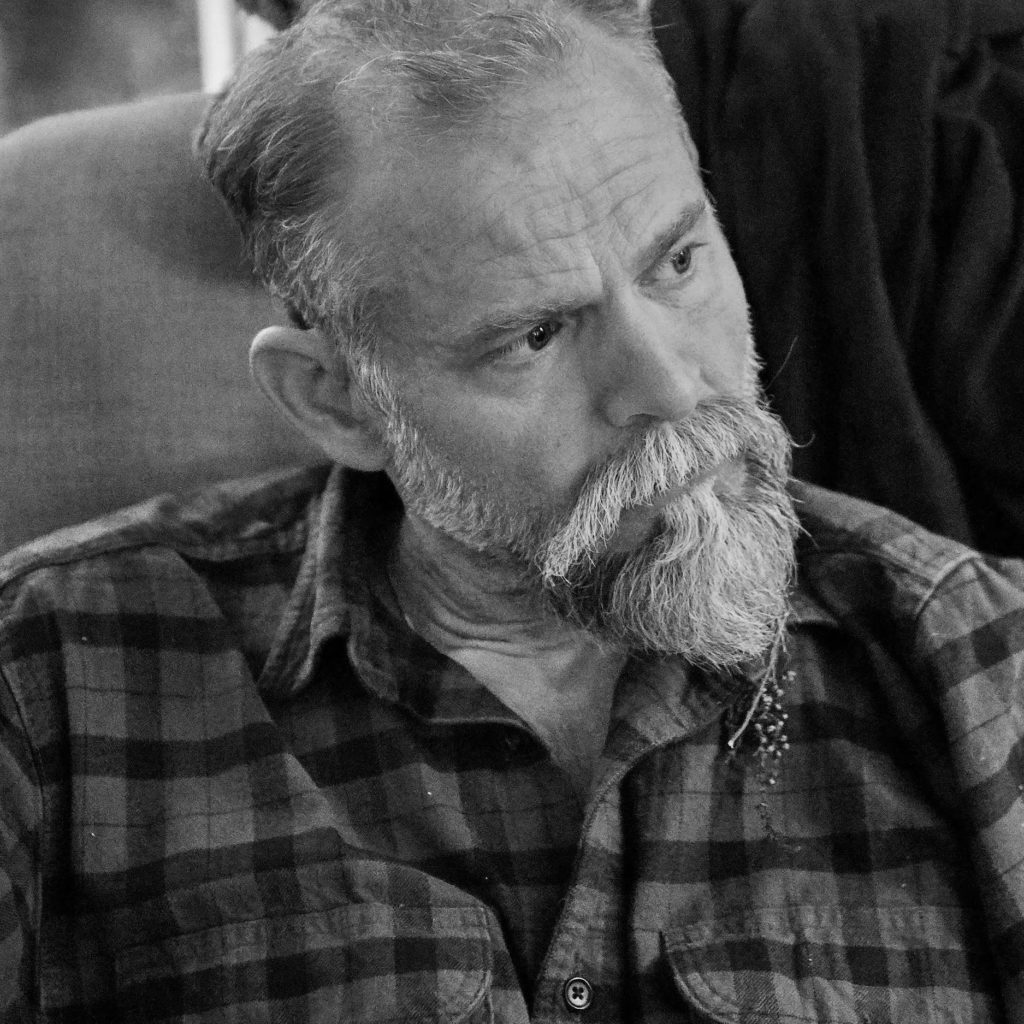Compounded Moments
Beka: I have been thinking a lot about Broken Cycles lately. I hung three of the gallery prints in my studio this summer, and I find myself getting lost in them now over a decade later. That was our first collaboration, and here we are a dozen years later still sharing a fascination with birds. As we prepare for this next collaboration, what will be our third film project and second documentary with Square Top, I am increasingly intrigued by the intentionality of many of the impressionist artists to capture light at the moment of contact. Realistic representation was no longer required of artists in the age of the camera, artists began asking, “now what?”

There is a murder of crows in my neighborhood that I love to watch in the winter; they all take flight as I run toward them. In our contemporary era saturated by viral videos, streaming movies and tv, and 24-hour news cycles, I can find all I want to know about those birds. But it isn’t the thing itself that gets me but the feeling of a murder of crows taking wing as you approach. I guess it comes down to pathos over logos, and the cause and effect of a crow taking flight. How do we begin to capture that in a documentary film?
Damon: My first thought is, “gosh, a decade gone, already a decade.” My second thought is about how Broken Cycles stands as a lovely starting point for what has evolved into a long-term, dedicated collaboration. I am still proud of the book, by the way. One day before any one of us is dead, I should like to re-publish Broken Cycles, particularly now that all of us know a little more about what we are doing.
And yes, this appreciation of birds remains with me. It seems true that anyone who is curious enough can know something about birds. Any of us can gather information, though you and I would be skeptical to call this knowledge. But I do share with you an interest in birds, notably those of the Corvidae family. I’ve read books about crows and ravens. I’ve watched them. Two years ago, I fed a young raven that ended up on my front porch. With so much we can begin to know about birds or anything else we wish to be intimate with, we might realize our knowing is a kind of approximation, not unlike our language is an approximation for what we experience. The moment when you chase crows is a compounded moment, one made of you, the murder of crows, their flight, and everything else touching you in such a moment, including the weather, your feelings before you give chase, how the birds fly, and more things than I can name. There is simply too much to reduce, and yet, connecting with what we cannot reduce may be the very thing we are chasing.

The question is how we might achieve something similar in a documentary film. I am not entirely sure, to be honest, but I sense elements of space and silence are essential. There must be room and stillness for viewers to engage with a moment, yes, but also, viewers must sense or perhaps believe that what they are seeing has become part of their own experience. I think the white space both within and surrounding our pieces for Broken Cycles allows for a similar engagement. Space and silence are part of what makes us stop. When we stop, we begin to see. A question for me becomes how is this moment sustained in a film? Also, how do we know when a moment has lasted longer than a moment?
Beka: Compounded moments reveal the interconnectedness of life and the effects we have on one another: humans, birds, land, and air. Teasing out those relationships is where the really interesting stuff happens artistically. How do you know when you are overworking the elements or have included too much in the compositional frame? Chinese watercolor masters teach, “leave room for the spirit.” In doing this, the paper is allowed to breathe giving the negative space more potency in the composition. Viewers can wander into this space and even rest there.
For years, I have been drawn to the work of photographer Michael Kenna, especially his series of Japanese landscapes. There is a sense of expectation in the stillness of each scene. Dorothea Lange is another photographer I admire. She masterfully situated people in their environment so that it was obvious how each affected the other. Americans were shocked by her portrayal of a migrant farmer and her young children; it was not how we expect to see a young mother. There is beauty in that tension.

I went cross country skiing the other day through a wildlife preserve near my home in Northeast Washington. I stopped at the sound of Pine Siskins in a stand of trees. They are delightful to watch. There was joy in that moment. I stayed watching them a little longer than I might have on a day when I felt rushed or compelled to be somewhere else. Just then the whole flock took flight in a murmuration. That was a moment of transcendence, and one that I have had to train myself to stop and wait for. It’s the extra breath taken beyond what is immediately comfortable. Seeking these encounters takes a spirit of adventure. Roland Barthes in Camera Lucida writes: “The principle of adventure allows me to make photography exist. Conversely, without adventure, no photograph. The photograph itself is in no way animated, but it animates me: this is what creates every adventure.” In a documentary film, we may not know what the end result will be, but we seek it out adventurously.
Damon: “Leave room for the spirit” and “seek it out adventurously,” these are the sort of wisdom sayings I carry with me and that overwhelm me in the same breath. But they are directions, too. They are, in a sense, answers. Give attention to the other, as Lange’s photographs certainly do, and leave the artist behind some other door or maybe just further down the road. Which seems right to me, though doing so, in either direction, ain’t easy.
Writer Damon Falke & Artist Rebekah Wilkins-Pepiton have been collaborators at Square Top Theatre and Shechem Press since 2008.



